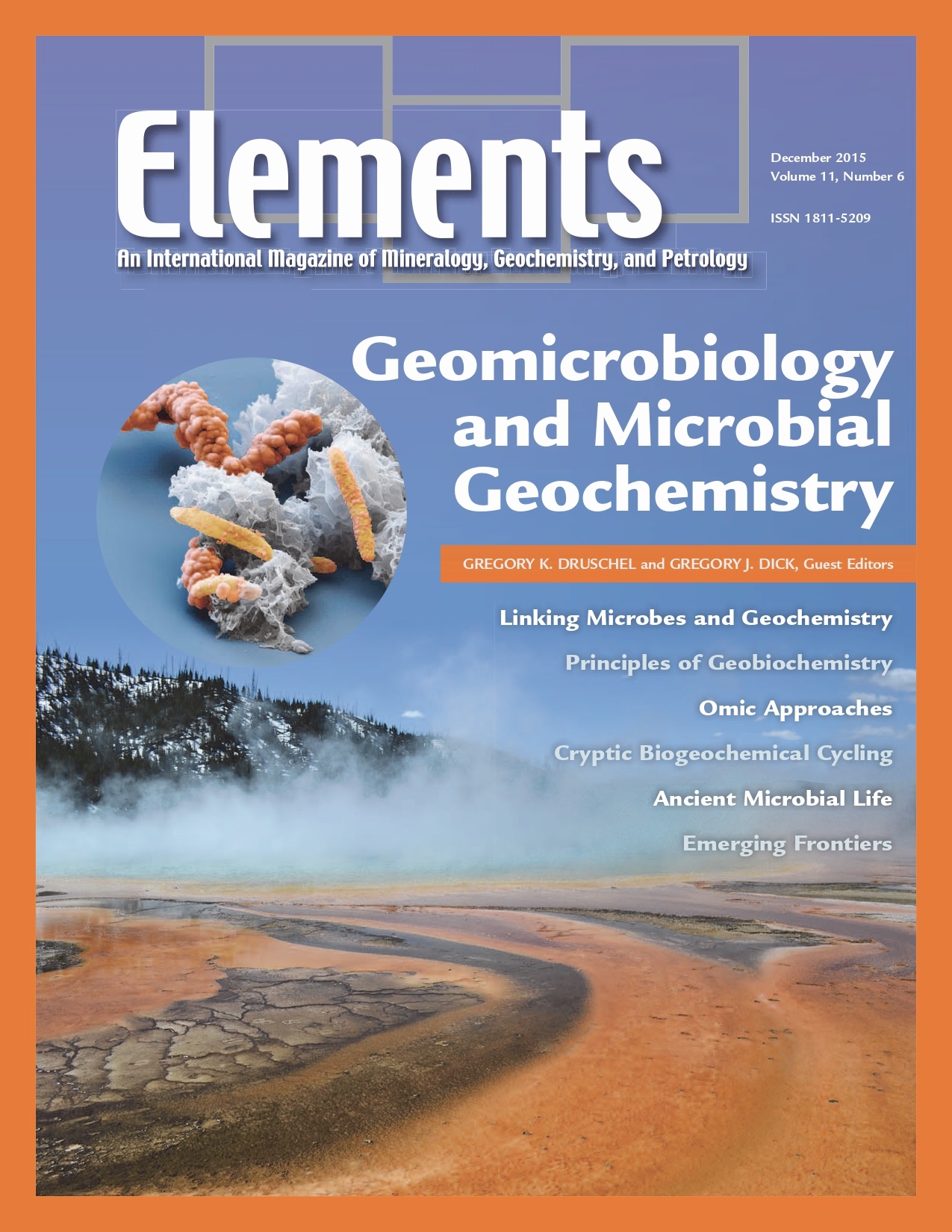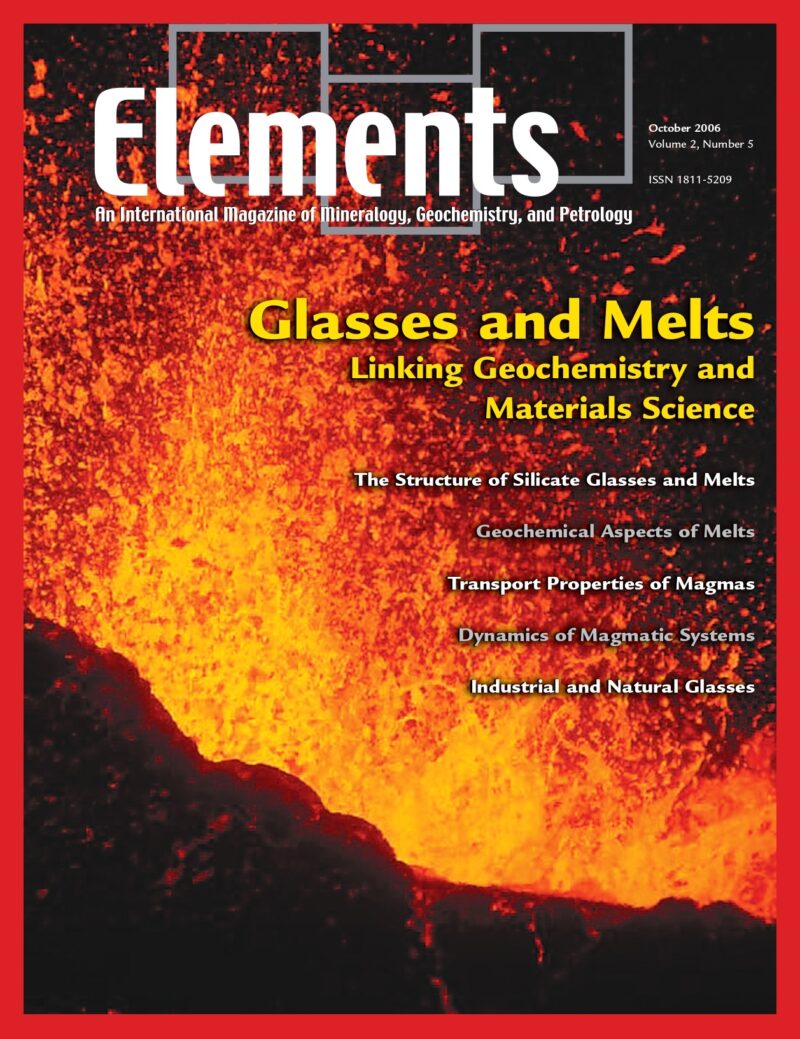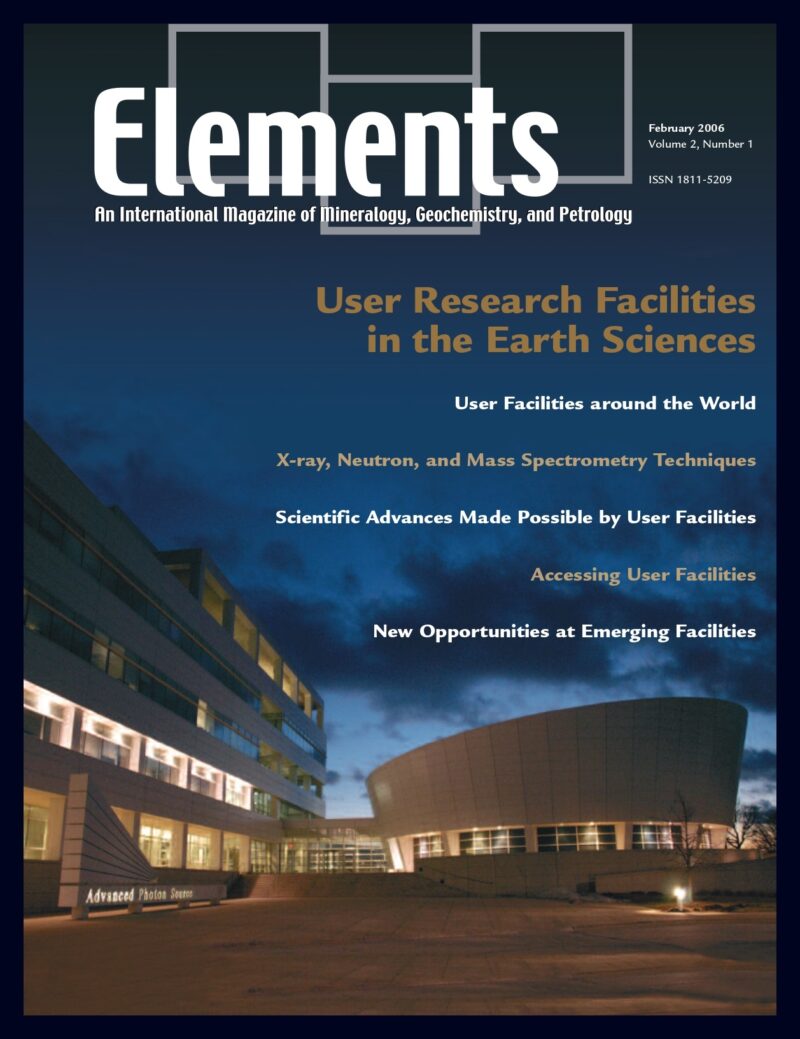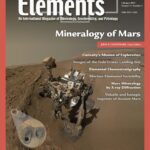
Mineralogy Of Mars, February 2015, Vol. 11, No. 1
June 28, 2024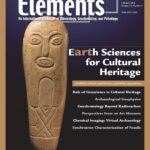
Earth Sciences For Cultural Heritage, February 2016, Vol. 12, No. 1
June 28, 2024Geomicrobiology And Microbial Geochemistry, December 2015, Vol. 11, No. 6
$20.00
Microbes drive the interplay of Earth and life and thus control critical processes in ocean, atmosphere, and terrestrial environments. Indeed, this unseen part of our world has regulated the cycling of key elements throughout geologic time.
Geomicrobiology And Microbial Geochemistry
December 2015, Vol. 11, No. 6
Microbes drive the interplay of Earth and life and thus control critical processes in ocean, atmosphere, and terrestrial environments. Indeed, this unseen part of our world has regulated the cycling of key elements throughout geologic time. The field of microbial geochemistry is rapidly advancing our understanding of the chemical, biological, and geologic processes that regulate this cycling. Moreover, with the rapid developments in “omics” techniques (genomics, transcriptomics, and proteomics), a revolution is now underway. New studies are coupling these methods with our geochemical understanding of microbial populations to provide unprecedented insights into how microorganisms shape their surroundings and how geochemistry shapes microbial populations. The authors show how linking geochemical and microbial information brings understanding of the role of microbes in element cycling in modern and ancient environments.
Why You’ll Love Elements Magazine:
- Expert Contributors: Articles written by renowned researchers in the field of geoscience.
- Engaging Content: Join a community of readers who are passionate about Elements.
- Exceptional Quality: Each issue is printed on high-quality paper with stunning visuals and detailed illustrations that bring complex scientific concepts to life.
Order your copy of the December 2015 issue of Elements magazine today and delve into geomicrobiology and microbial geochemistry.
Related products
-
Glasses And Melts: Linking Geochemistry And Materials Science, October 2006, Vol. 2, No. 5
$20.00Geological interest in studying melts stems from early recognition that melts play a fundamental role in determining the physical and chemical behaviour of magmas and magmatic processes. However, due to the inherent difficulties associated with working at high temperatures, much of the geological research over the last 30 years has used quenched melts or glasses as proxies for melts themselves.
-
Phosphates And Global Sustainability, April 2008, Vol. 4, No. 2
$20.00Phosphorus is a unique element: it is essential to the existence of all living forms, and as such controls biological productivity in many terrestrial and marine environments; but when in excess, it leads to uncontrollable biological growth and water-quality problems. This has become a common environmental issue, resulting from our careless use of phosphorus in agriculture, yet phosphate ore deposits, from which fertilizers are produced, are a finite natural resource.
-
User Research Facilities In The Earth Sciences, February 2006, Vol. 2, No. 1
$20.00Earth scientists rely on effective access to user research facilities that provide state-of-the-art analytical instrumentation. This thematic issue focuses on some of these facilities and how to use them.

